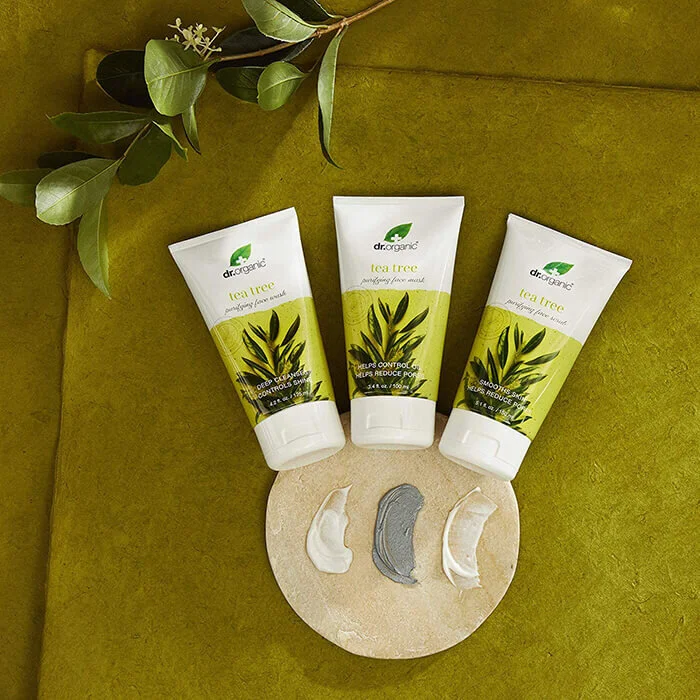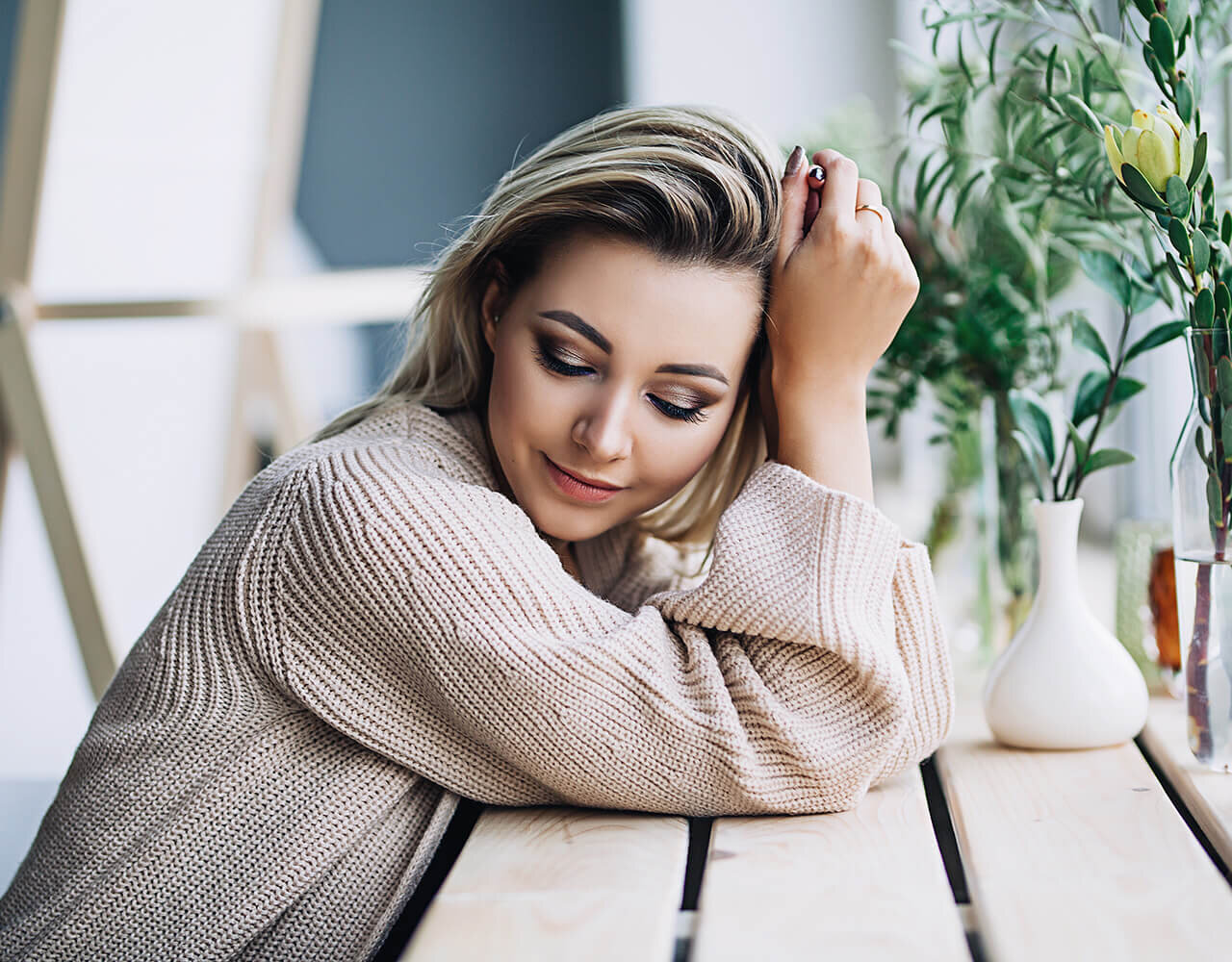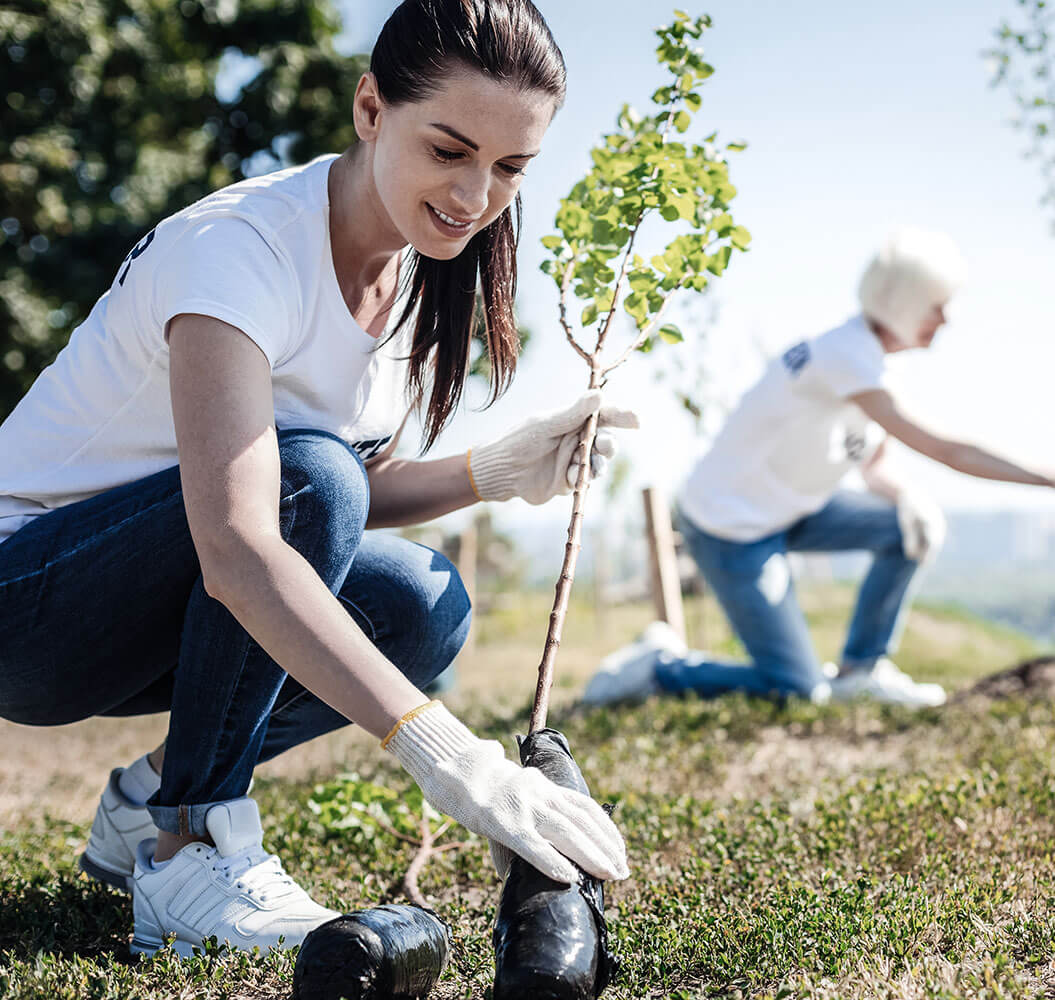Look for Phthalate-Free Beauty Products and Cosmetics
Shopping for beauty products can be overwhelming, especially when it comes to understanding the ingredients. Many cosmetics and skincare items contain harsh chemicals and toxins, such as phthalates, which are commonly used to enhance the fragrance or texture of products. While these chemicals may make beauty products more appealing, they can pose serious risks to your health.
Phthalates are among the most common and potentially harmful chemicals found in everyday cosmetics. As a conscious shopper, it's crucial to identify and avoid products containing these toxins to protect your health and well-being.
This guide will teach you how to detect phthalates in beauty products, explain why they’re harmful, and provide tips for choosing safer, phthalate-free alternatives.
What Are Phthalates?
All Natural Three-Step Phthalate Free Skincare Set
Before you worry about spotting phthalates in your beauty products, it is important to know exactly what phthalates are. The term phthalate is used to describe a group of chemicals that are commonly used as preservatives.
While phthalates can be found in a number of different products—they are most commonly found in cosmetics, beauty products and some pharmaceuticals. These chemicals have been used in commercial products since the 1920s.
The goal of phthalates is to increase durability and longevity of products like this that can be quite expensive, which is why so many manufacturers use these chemicals in their products. You can find them in so many products from your food packaging to your kids toys and even laundry detergents.
As far as beauty products go, you will typically find phthalates in hair spray, nail polish, shampoo, soaps and lotions. While phthalates have some benefits for the companies that make these products—they do come at a risk to consumers.
Why Are Phthalates Bad For You?
Purifying Phthalate Free Organic Face Wash
So, if phthalates are located in a lot of everyday beauty items, then why are they so bad for you? Especially if they are so common? Scientifically speaking, phthalates are a type of “endocrine disruptor.” This is a type of chemical that has the potential to disrupt your body’s hormonal system. Effects of phthalate exposure include:
Developmental challenges
Decreased thyroid function
Reproductive effects
Neurological side effects
Compromising of the immune system
Increased chances of asthma in children
Increased chances of eczema in children
Neurotoxicity
Male reproductive issues
Simply put—too much phthalate exposure can cause some serious side effects. And no beauty product is worth that. These products present some serious potential risks, yet according to most studies, about 98% of people living in the United States have phthalates in their bodies.
How to Protect Yourself From Phthalates?
Phthalate Free Stainless Steel Food Storage Containers
Now that you have a better understanding of what phthalate exposure can do to you—it is important to learn how to protect yourself from these chemicals. Here are simple things you can start doing today to protect yourself from phthalates not only in your beauty products but in other areas of your life as well.
Read the labels of anything you use or eat.
Be careful with vinyl or plastic items.
Make sure to read for the acronyms DHEP or DiBP which are abbreviations for phthalates.
Look for any formula that says “phthalate-free.”
Only use “microwave-safe” containers.
Swap out your Tupperware for phthalate-free options.
If you eat a diet that is high is meat or dairy, you may be at risk of ingesting more phthalates, than those who primarily eat fruits and vegetables.
If you are getting a kidney dialysis or blood transfusion, ask your doctor for phthalate-free devices (phthalates can even find their way into medical equipment).
Avoid fast food, particularly fast food containers, as they are known to have a high concentration of phthalates.
Take these tips to heart as they can really help lower your exposure to these chemicals.
Look For These Ingredients in Your Beauty Products
Phthalate Free Purifying Daily Facial Cleanser
The next time you go shopping for beauty products, or reach to use your favorite beauty staple, flip it over and look at the ingredient list on the back. While you want to avoid anything that blatantly says “phthalate” on it, there are few specific ones that tend to be used in many beauty products.
Pay attention to the three letter abbreviation, as they may be used in ingredient lists.
BBP (Butyl Benzyl Phthalate)
DBP (Di-n-butyl Phthalate)
DEP (Diethyl Phthalate)
DiDP (Di-isodecyl phthalate)
DnHP (Di-n-Hexyl Phthalate)
Phthalates are in more than 18 billion pounds of products every year—so take the time to check the items you are using, even if you assume it is phthalate free.
Tips to Avoid Phthalates
Probiotic Phthalate Free Gentle Cleanser and Moisturizer
When you are out shopping for your own products, it can be easy to make sure you are avoiding phthalates as much as possible. However, this doesn’t mean that you will always be able to avoid phthalates in your everyday life. Here are a few other tips to help you avoid phthalates.
If you can’t read the ingredients on the bottle, such as when you are at the hair salon, then ask if they have an “all-natural” or “organic” beauty product for you. These products most likely won’t have any (or a lot of) phthalates in them.
Be wary of plastic bottles. Many times, while the formula for a product may not have any phthalates in it—the plastic bottle used to hold that product may have it, so be cautious. If your product does come in a plastic container, look for one with a recycling code of 1,2 or 5 on it. They have a much lower chances of having phthalates in them.
Avoid fragrances. Fragrances and parfums typically have a lot of phthalates in them, so you want to try to avoid products that have these parfums and fragrances in them.
The thing that many people don’t realize is that this doesn’t mean they are listed on the ingredient list. Just one “fragrance ingredient” could have dozens of phthalates in it. In fact, most phthalates in beauty products come from the scent.
Look for products that are scented with essential oils. Having some type of scent in your beauty product is nice, and we’ve already talked about why you should avoid traditional parfums and fragrances. So instead, look for beauty products that are scented with essential oils. These are naturally fragrant extracts and they typically come with a number of extra benefits.
Try to buy from artisans. There are many small artisans that are now creating hand crafted beauty products, makeup, lotions and even deodorants. The great thing about buying these types of products is that you are not only supporting a small business, but you are buying from an individual that most likely won’t be using any chemical additivities.
These little everyday approaches can help you start using less phthalates and start keeping these chemicals out of your routine and out of your body.
Shop Smart With Phthalate Free Skin Care Products For Healthy Looking Skin
Now that you have a better understanding of what phthalates are, and most importantly, what side effects they can have on your body—it is time to be on the lookout for different phthalates in your everyday products. You may be surprised to find just how many of these chemicals are in your personal care and beauty products.
If you start taking a smarter approach to buying and using products and start reading the labels on your favorite cosmetic items, you can start avoiding these phthalates.
The good news is, there are more companies and brands than ever who are working to create truly natural beauty products that are effective—without these controversial chemicals. This means, it may be easier than you think to find a similar beauty product to the ones you love, without all of the unwanted toxins in it.
Lisa Czachowski is a professional social blogger and has worked on several online publications including Citrus Sleep. Lisa is an experienced content writer and copyeditor. You will find many of her works throughout CitrusSleep.com that cover a wide array of subjects including sustainability, natural, sleep products, health, fashion and many more. She is passionate about what providing as much information as possible on products you bring in your home and what we wear.
Follow Lisa at Lisa Czachowski

















